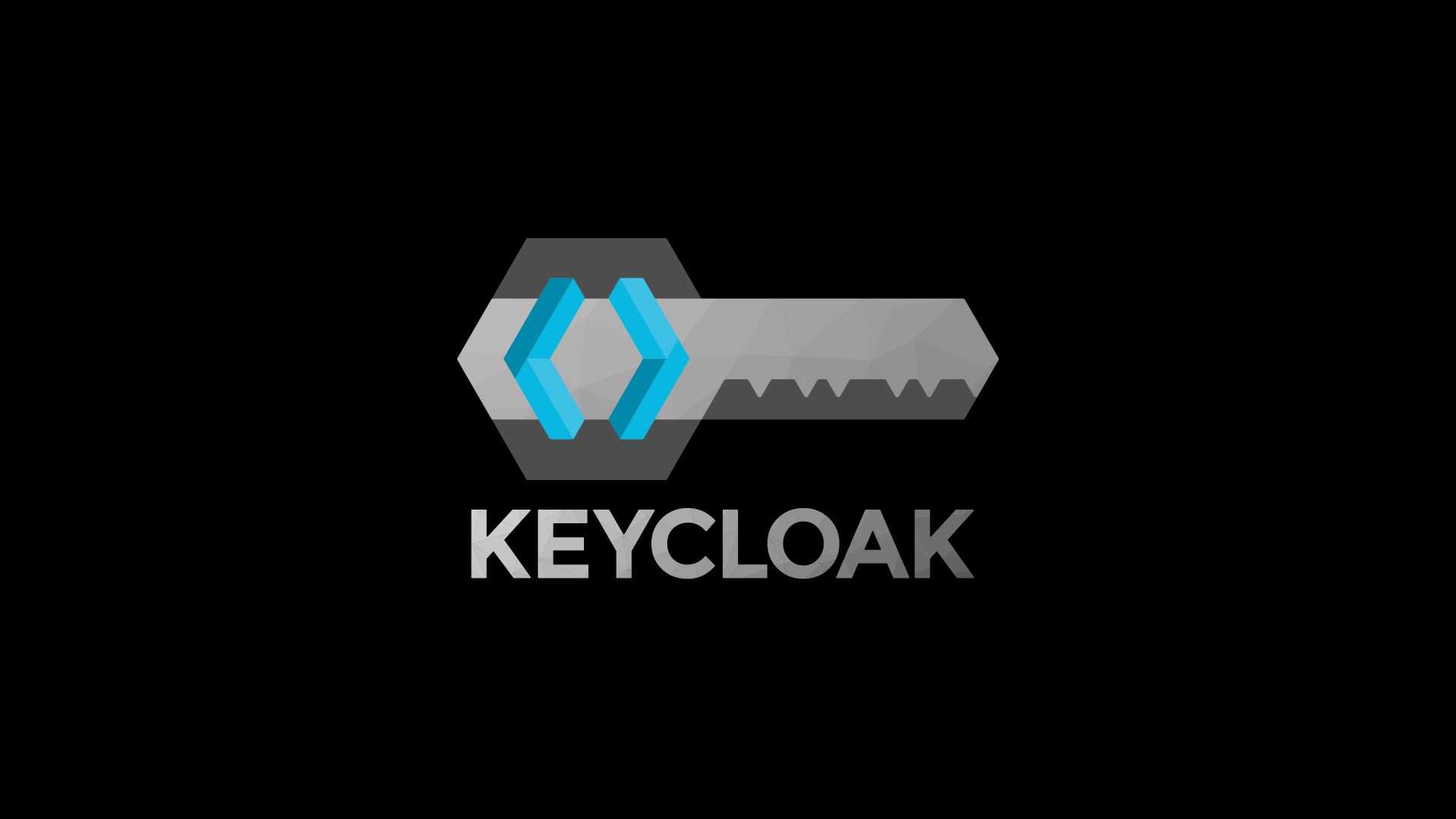Keycloak is an open-source identity and access management solution that helps enterprises to secure their applications and services. It provides a single point of control for authentication, authorization, and user management, allowing enterprises to simplify the management of user identities and access to resources.
One of the main benefits of Keycloak for enterprises is the ability to save money by consolidating multiple identity and access management solutions into a single platform. This can help to reduce the complexity and cost of managing multiple systems, as well as the risk of security breaches due to outdated or insecure systems.
Keycloak also provides a number of features that can help enterprises to create a more secure environment for their developer team. For example, Keycloak supports strong authentication methods such as two-factor authentication and biometric authentication, which can help to prevent unauthorized access to applications and services. It also provides fine-grained access control, allowing enterprises to define the specific permissions and roles that users have within the system. This can help to ensure that users only have access to the resources that they need, reducing the risk of unauthorized access or data leaks.
Another benefit of Keycloak is its support for various protocols and standards, such as SAML, OAuth 2.0, and OpenID Connect. This allows enterprises to integrate Keycloak with a wide range of applications and services, making it easier to manage user access and security across the organization.
Here is an example of how Keycloak can be used to secure a Java web application:
First, add the Keycloak dependencies to your project's pom.xml file:
<dependency>
<groupId>org.keycloak</groupId>
<artifactId>keycloak-core</artifactId>
<version>${keycloak.version}</version>
</dependency>
<dependency>
<groupId>org.keycloak</groupId>
<artifactId>keycloak-servlet-filter-adapter</artifactId>
<version>${keycloak.version}</version>
</dependency>
Next, configure the Keycloak adapter in the web.xml file:
Copy code
<filter>
<filter-name>Keycloak Filter</filter-name>
<filter-class>org.keycloak.adapters.servlet.KeycloakOIDCFilter</filter-class>
</filter>
<filter-mapping>
<filter-name>Keycloak Filter</filter-name>
<url-pattern>/*</url-pattern>
</filter-mapping>
Create a keycloak.json file in the WEB-INF directory with the Keycloak server configuration:
{
"realm": "YOUR_REALM",
"realm": "YOUR_REALM",
"auth-server-url": "http://keycloak-server/auth",
"ssl-required": "external",
"resource": "YOUR_CLIENT_ID",
"public-client": true
}
In your Java code, you can use the Keycloak API to authenticate and authorize users:
KeycloakSecurityContext securityContext = (KeycloakSecurityContext) request.getAttribute(KeycloakSecurityContext.class.getName());
String username = securityContext.getIdTokenString username = securityContext.getIdToken


